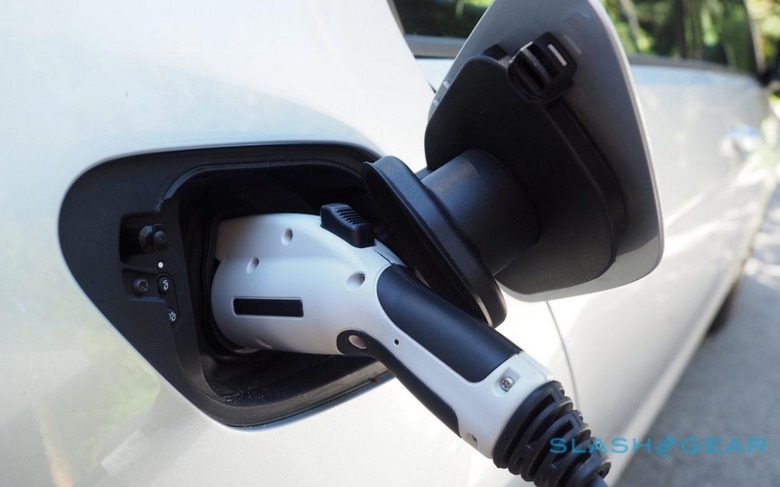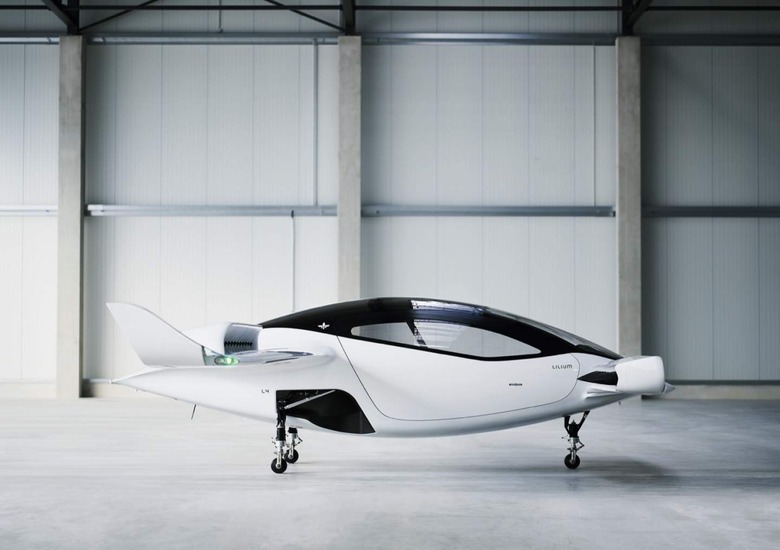Europe's Aggressive New Emissions Rules Put Gas Engines On Notice
The European Union has revealed tough new emissions standards, aiming for a 55-percent cut this decade in a move that could all but sign the death warrant for combustion engines. The European Green Deal, revealed in Brussels today, sees the EU's existing fossil fuel goals made even more aggressive as it cranks up the cost of emitting CO2.
"We have the goals, we have the Climate Law, we have it all underpinned by investment," European Commission President Ursula von der Leyen said of the new Deal. "And now, today, it is about the roadmap. The roadmap to our new target of at least -55% of greenhouse gas emissions until 2030. We chose carbon pricing as a clear guiding and market-based instrument with a social compensation."
"Emission of CO2 must have a price," von de Leyen explained, "a price on CO2 that incentivizes consumers, producers and innovators to choose the clean technologies, to go towards the clean and sustainable products."
It's a far-reaching set of regulations, which will impact everything from cars, vans, and haulage, to aviation and maritime. Transport, the EU points out, is responsible for up to a quarter of the Union's total emissions, and that number is still rising.

By 2050, the EU says, "nearly all cars and vans on the roads will need to be zero-emission vehicles." Stricter CO2 emissions standards that came into force at the start of 2020 will be made even tougher. Newly registered cars must reduce emissions by 55-percent, compared to 2021, by 2030, and then by 100-percent by 2035. For new vans, those targets are 50-percent by 20230, and 100-percent by 2035.
Loopholes and exclusions that currently exist are being progressively squeezed out. Currently, for example, small volume manufacturers – such as sports car and supercar-makers – selling between 1,000 and 10,000 new cars per calendar year are excluded from the CO2 emissions rule. That exception will be removed as of 2030, the EU says.
In aviation, with zero-emissions planes still some years away, fuel suppliers will need to use more Sustainable Aviation Fuels (SAF) in their products: 2-percent by 2025, and 5-percent in 2030. By 2050, 63-percent of aviation fuel will need to be blended SAF.

Similarly, maritime fuel will also need to make greater use of SAF. The EU is targeting a 2-percent reduction of greenhouse gas intensity of the energy used onboard by 2025, determined against a fleet average on ships in 2020, rising to 6-percent by 2030 and 13-percent by 2035. By 2050, it'll need to be reduced by 75-percent.
To try to offset fossil fuel use, there'll be greater emphasis on electrification across the board. The European Green Deal calls for greater EV infrastructure, for example: for each battery electric car registered in an EU Member State, 1kW of charging capacity will need to be installed. By 2025, there should be more than 1 million charging points, rising to around 3.5 million by 2030.
For aviation and maritime, there'll be obligatory electricity supply at airports and ports. That will help offset traditional fuel use for stationary planes and ships.
"Change on this scale is never easy – even when it is necessary," President von der Leyen said of the new standards. "And for that reason there are some who will say we should go slower, we should go lower, we should do less. But when it comes to climate change, doing less or doing nothing literally means changing everything. The infernos and hurricanes we have seen over the last few weeks are only a very small window into what our future could look like."
